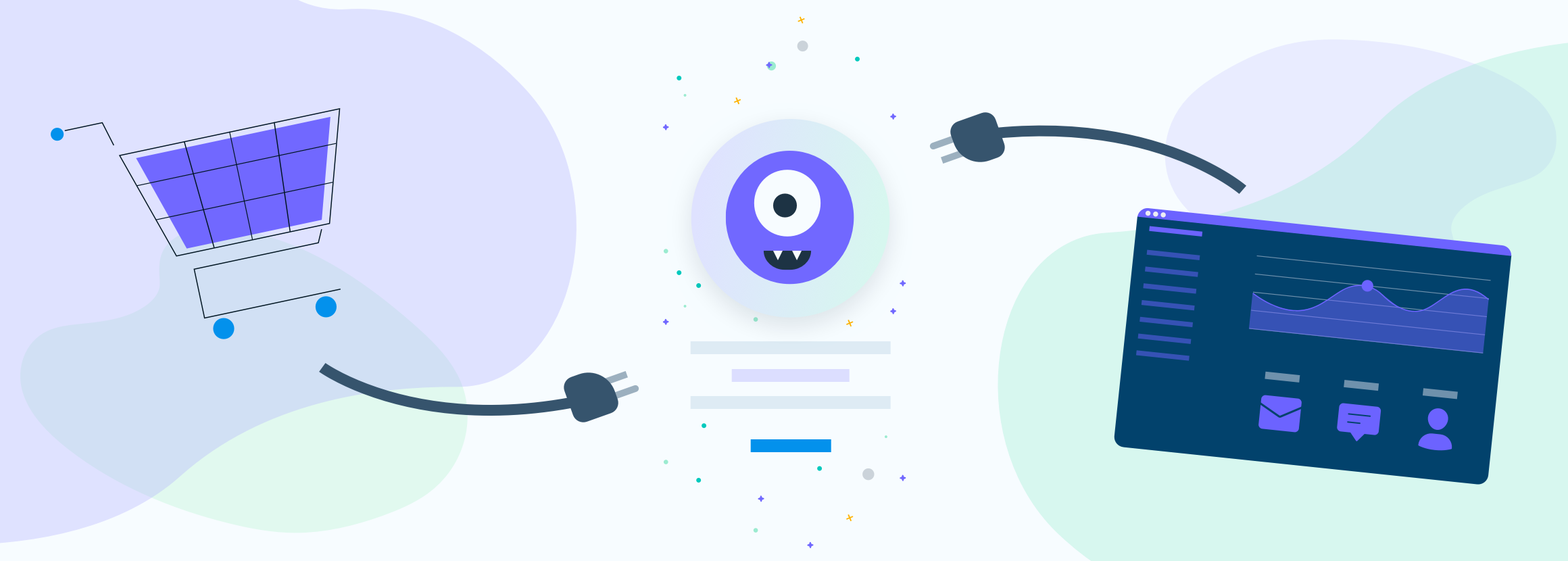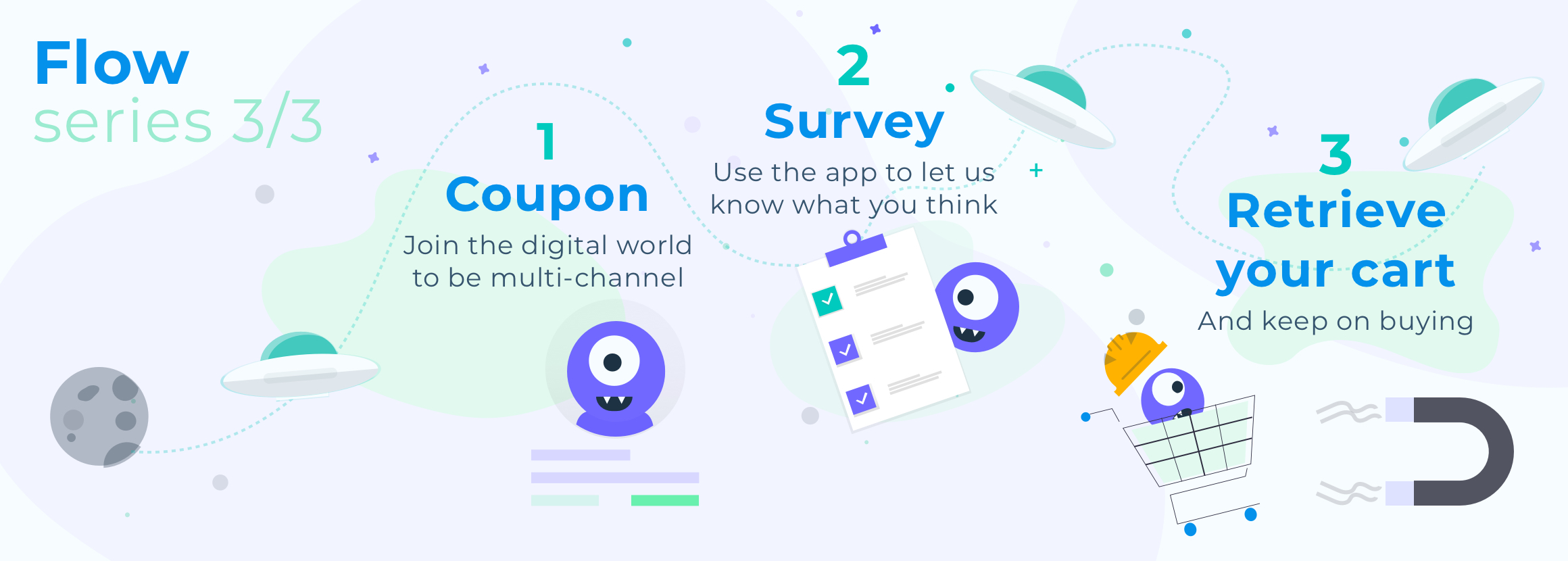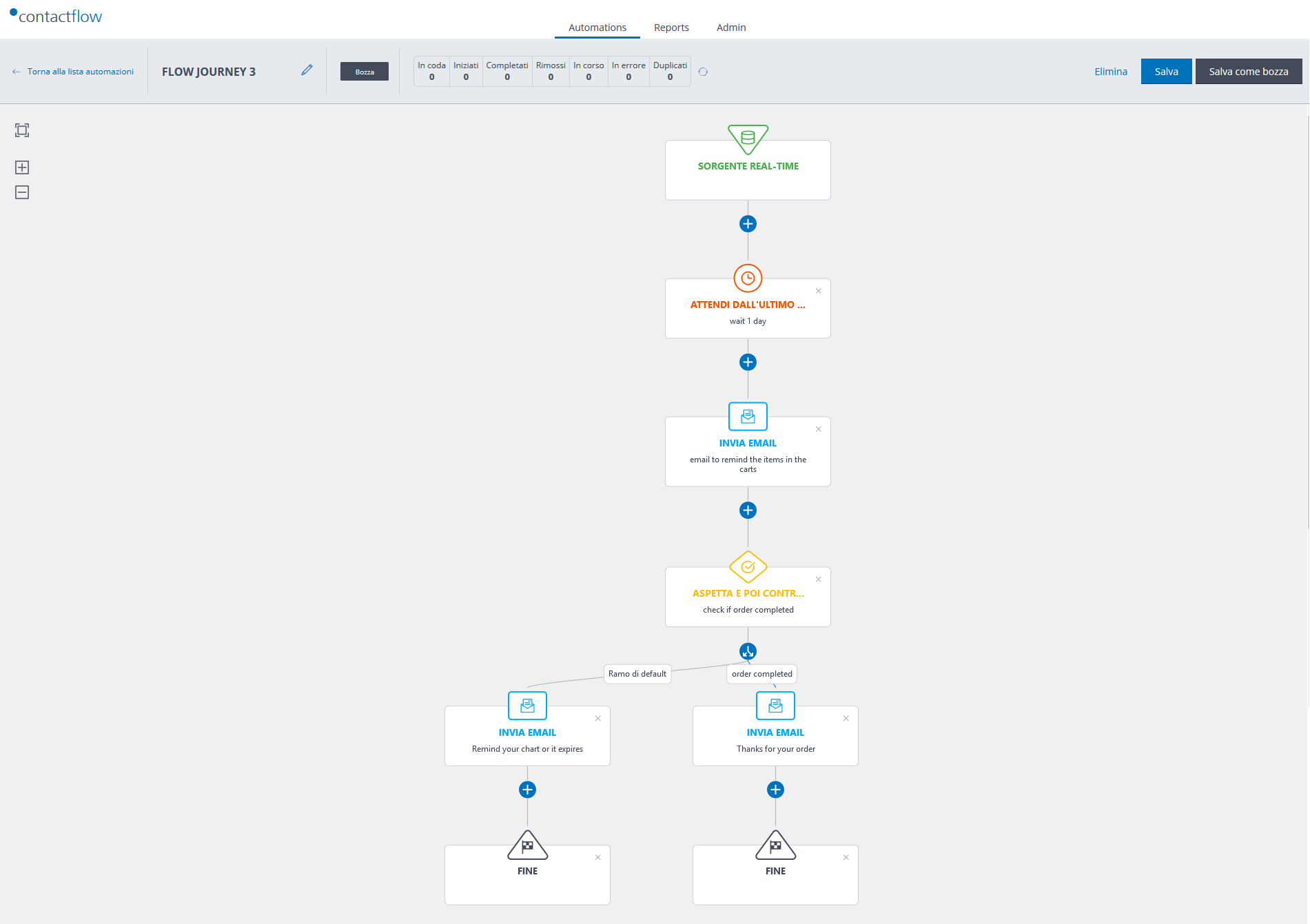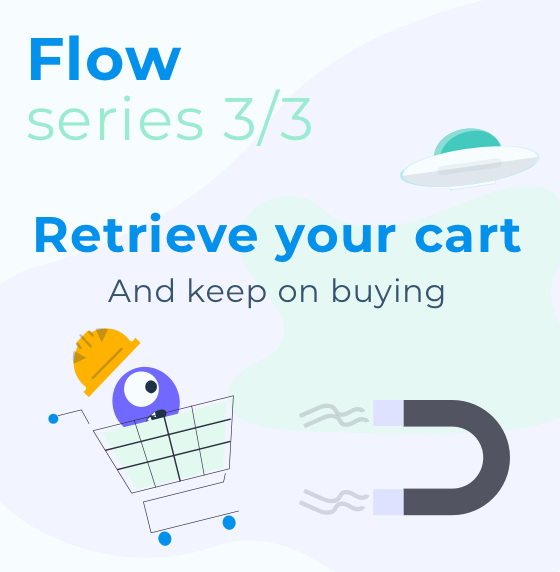
Here is the fourth article about the features of a CDP, to discover together how the heart of the Contactlab Marketing Cloud is a data management platform. Now, it’s time to talk about Advanced Segmentation.
You have collected your contact details in real-time from all your sources, and automatically integrated them into individual profiles. You’ve collated and organized them, are keeping them up to date, and you are elaborating and enriching the data to foresee future behavior. Now let’s start looking at segmenting your contacts for marketing activities.
Choose who talk to and what to tell them
Once upon a time there were mailing lists… an indistinct set of email addresses. The greatest dream of a marketing manager was to be able to get the email addresses of their customers and prospects, mainly to send generic messages at any time of the day. Undifferentiated communications, fast and immediate, which had the advantage of reaching very large audiences while limiting costs. And still today, it is a valid marketing lever, both alone and included in a mix of activities, which is aimed at reaching the market… above all, relying on, for example, new channels such as the web and social media.
 But your contacts are not all the same. For sure they are all valuable, but they do not have the same characteristics, or the same needs, or even recognize your brand in the same way. To get straight to their hearts, you have to raise engagement to a personal level and talk to each one individually.
But your contacts are not all the same. For sure they are all valuable, but they do not have the same characteristics, or the same needs, or even recognize your brand in the same way. To get straight to their hearts, you have to raise engagement to a personal level and talk to each one individually.
You decide who to address and how. Choose the filters you prefer to apply to any data set, and in just a few clicks, tell them exactly what they want to hear. The more you narrow down the segment, or the more you refine it, the more effective your activities will be. In this way, customer satisfaction increases and with it, the perception of your brand’s interest, competence and reliability.
Starting from the profiles you have created, segmentation helps you optimize the individual communication activities, leading to a higher ROI and perhaps, in the quickest possible way.
Obviously, such an approach – one-to-one – is not always required. The situation, timing, methods and requirements of every occasion determine its real need. But when your goal is the customer, their care and engagement in the first person, the choice must fall on advanced segmentation.
Advanced Segmentation
Many analysts say that a positive customer experience has become the real competitive advantage, and that this human factor is the variable brands should always keep under control.
Segmentation tools provide valid support to live tailored experiences. But they must be ready for use, intuitive, simple, immediate and:
- Deliver results in real-time.
- Do not need any technical ability.
- Be integrated with the customer base that is being worked on.
- Allow immediate use of the data, including by external systems.
In this way, it is possible to start from the characteristics and needs of each contact, then combine them with the aims of your brand to build customer plans or journeys, which in turn become lasting and profitable relationships for both.
When it comes to campaign audiences, the options that are typically open to a marketeer include:
 Basic segmentation: Mainly focused on socio-demographic variables such as age, country, level of education, sex and date of birth, or on data relating to a newsletter subscription, the frequency of deliveries and similar. This information is easily available through, for example, profiling forms or preference choices, typically given in exchange for a gift or a discount to the customer.
Basic segmentation: Mainly focused on socio-demographic variables such as age, country, level of education, sex and date of birth, or on data relating to a newsletter subscription, the frequency of deliveries and similar. This information is easily available through, for example, profiling forms or preference choices, typically given in exchange for a gift or a discount to the customer.
 Behavioral segmentation: Comes from the actions carried out, or not, by customers and the brand. You need to listen, pick up the signals, constantly monitor the points of contact and make sure you don’t miss anything. Attention can be paid to email openings and clicks, site navigation, store presence … to discover new needs and define strategies.
Behavioral segmentation: Comes from the actions carried out, or not, by customers and the brand. You need to listen, pick up the signals, constantly monitor the points of contact and make sure you don’t miss anything. Attention can be paid to email openings and clicks, site navigation, store presence … to discover new needs and define strategies.
 Predictive segmentation: By applying algorithms and KPIs, you arrive at information that helps you understand the value of customers to your brand. Knowing if a customer is at risk of churn, or if they will continue to be a top spender, is particularly useful in, for example, remarketing campaigns. You can identify clusters to whom to target timely actions, including automatic ones.
Predictive segmentation: By applying algorithms and KPIs, you arrive at information that helps you understand the value of customers to your brand. Knowing if a customer is at risk of churn, or if they will continue to be a top spender, is particularly useful in, for example, remarketing campaigns. You can identify clusters to whom to target timely actions, including automatic ones.
As you move from basic to predictive segmentation:
- The level of content customization, timing and channel choice significantly increase in importance.
- The opportunities to create effective experiences or journeys increase.
- The satisfaction of your customers explodes, opening the doors to new business opportunities.
Segmentation does not only mean creating a target
Many brands insist that refined segmentation tools are also useful for exploring their contact base. Before you even create communication segments, you can take advantage of what you have – data, technology and industry knowledge – to discover your customers. By adopting new filters to the results, combining existing segments or temporally correlating events, you can obtain valuable information incredibly quickly – to decide upon the activities to be undertaken and positively influence the future of your business.
The opportunities offered by micro-segmentation can be endless. Let’s think about distribution policies, for example. Apparently, they have little to do with customers but, understanding where major purchases take place, which products are the most sought after and when interest in your brand is at its maximum, allows you to organize distribution in a more accurate and informed way, in the points of sale and on various channels. And this is just one example.
Obviously, the segmentation tools are not magic. For results to be valid, the data that you query must be correct, up to date and of high quality, whatever the objective.
The benefits from advanced segmentation
- Design differentiated and tailored campaigns.
- Improve the customer experience.
- Create engagement, trust and loyalty.
- Establish lasting individual relationships.
- Discover your customer base.
- Make more informed business decisions.
- …
All of this while being fully compliant with GDPR.
And now?
Contact us. Contactlab can provide you with the best experts. Experts who understand how to use the tools you are looking for, to address your contacts with activities designed just for them, in the most targeted and valuable way you have ever considered.
__________________
Discover the CDP series!
Read more
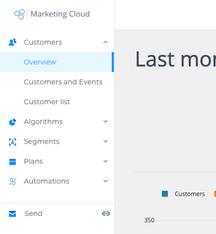 And that’s how we came up with the sections:
And that’s how we came up with the sections:

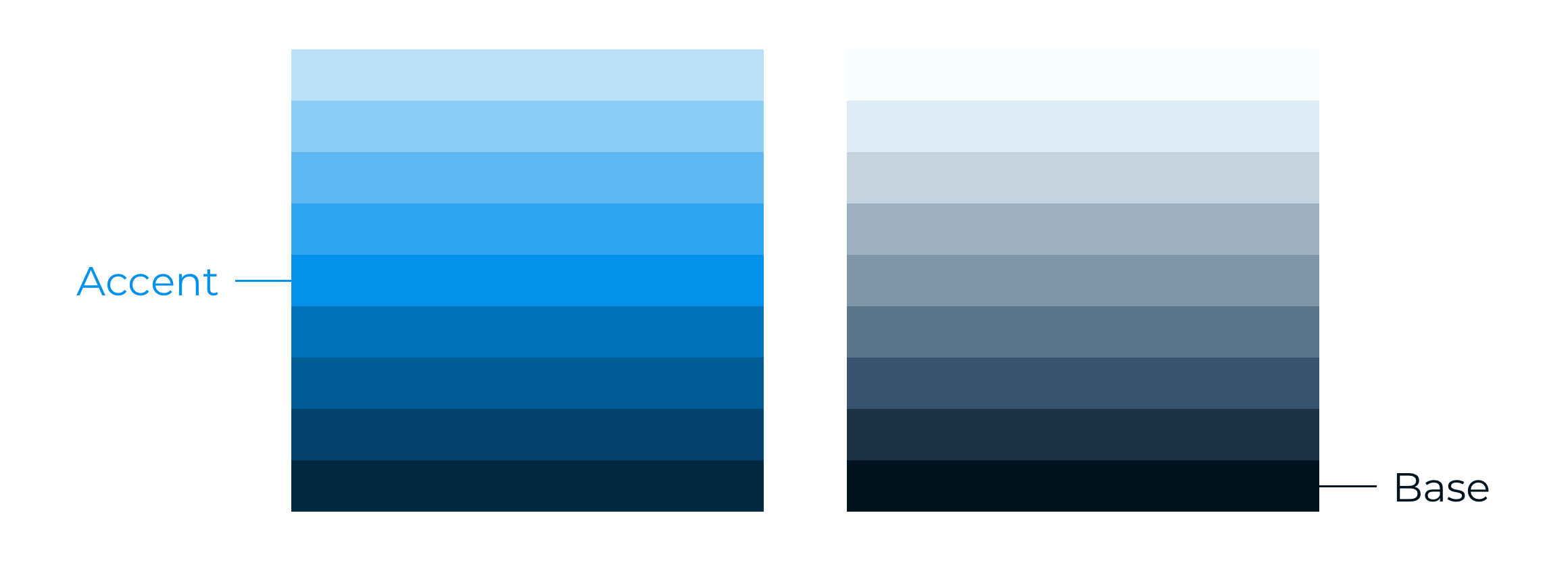

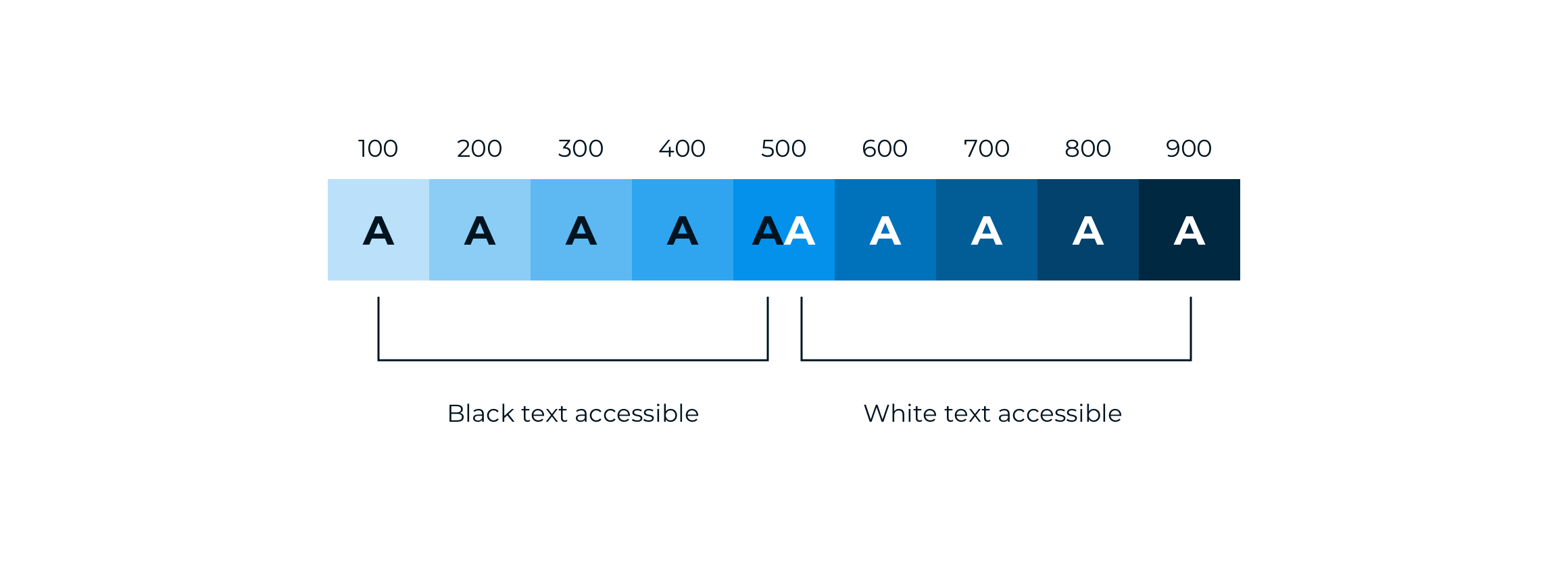


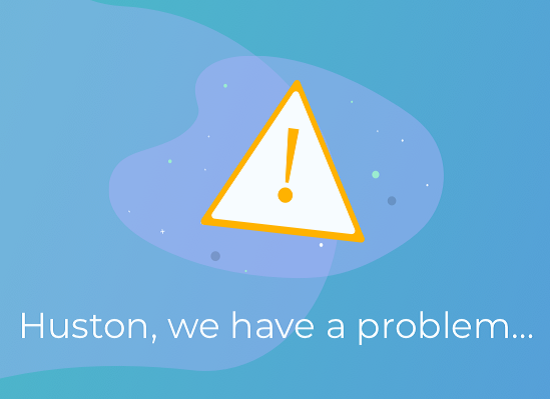





 But your contacts are not all the same. For sure they are all valuable, but they do not have the same characteristics, or the same needs, or even recognize your brand in the same way. To get straight to their hearts, you have to raise engagement to a personal level and talk to each one individually.
But your contacts are not all the same. For sure they are all valuable, but they do not have the same characteristics, or the same needs, or even recognize your brand in the same way. To get straight to their hearts, you have to raise engagement to a personal level and talk to each one individually. Basic segmentation: Mainly focused on socio-demographic variables such as age, country, level of education, sex and date of birth, or on data relating to a newsletter subscription, the frequency of deliveries and similar. This information is easily available through, for example, profiling forms or preference choices, typically given in exchange for a gift or a discount to the customer.
Basic segmentation: Mainly focused on socio-demographic variables such as age, country, level of education, sex and date of birth, or on data relating to a newsletter subscription, the frequency of deliveries and similar. This information is easily available through, for example, profiling forms or preference choices, typically given in exchange for a gift or a discount to the customer. Behavioral segmentation: Comes from the actions carried out, or not, by customers and the brand. You need to listen, pick up the signals, constantly monitor the points of contact and make sure you don’t miss anything. Attention can be paid to email openings and clicks, site navigation, store presence … to discover new needs and define strategies.
Behavioral segmentation: Comes from the actions carried out, or not, by customers and the brand. You need to listen, pick up the signals, constantly monitor the points of contact and make sure you don’t miss anything. Attention can be paid to email openings and clicks, site navigation, store presence … to discover new needs and define strategies. Predictive segmentation:
Predictive segmentation: 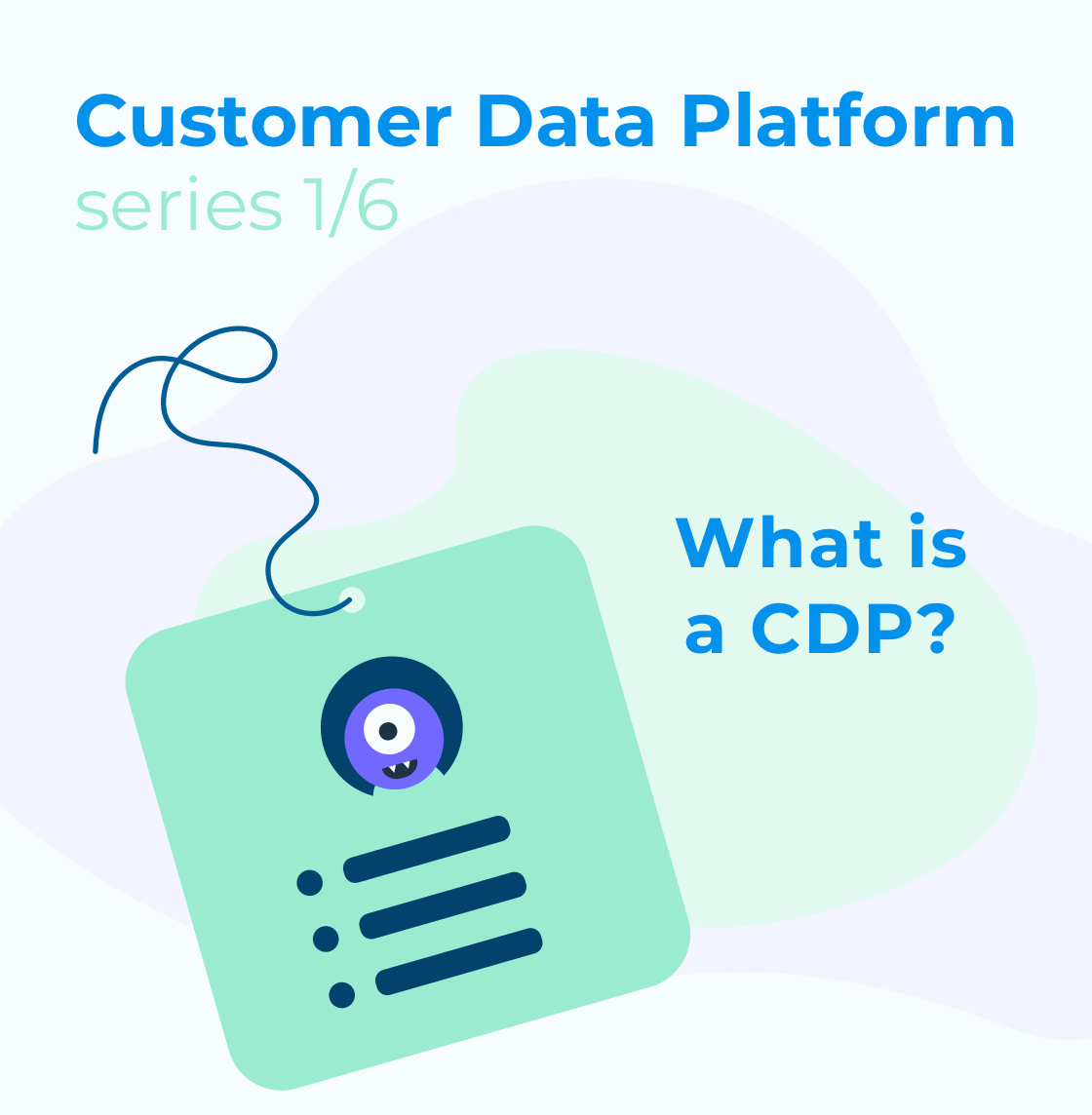
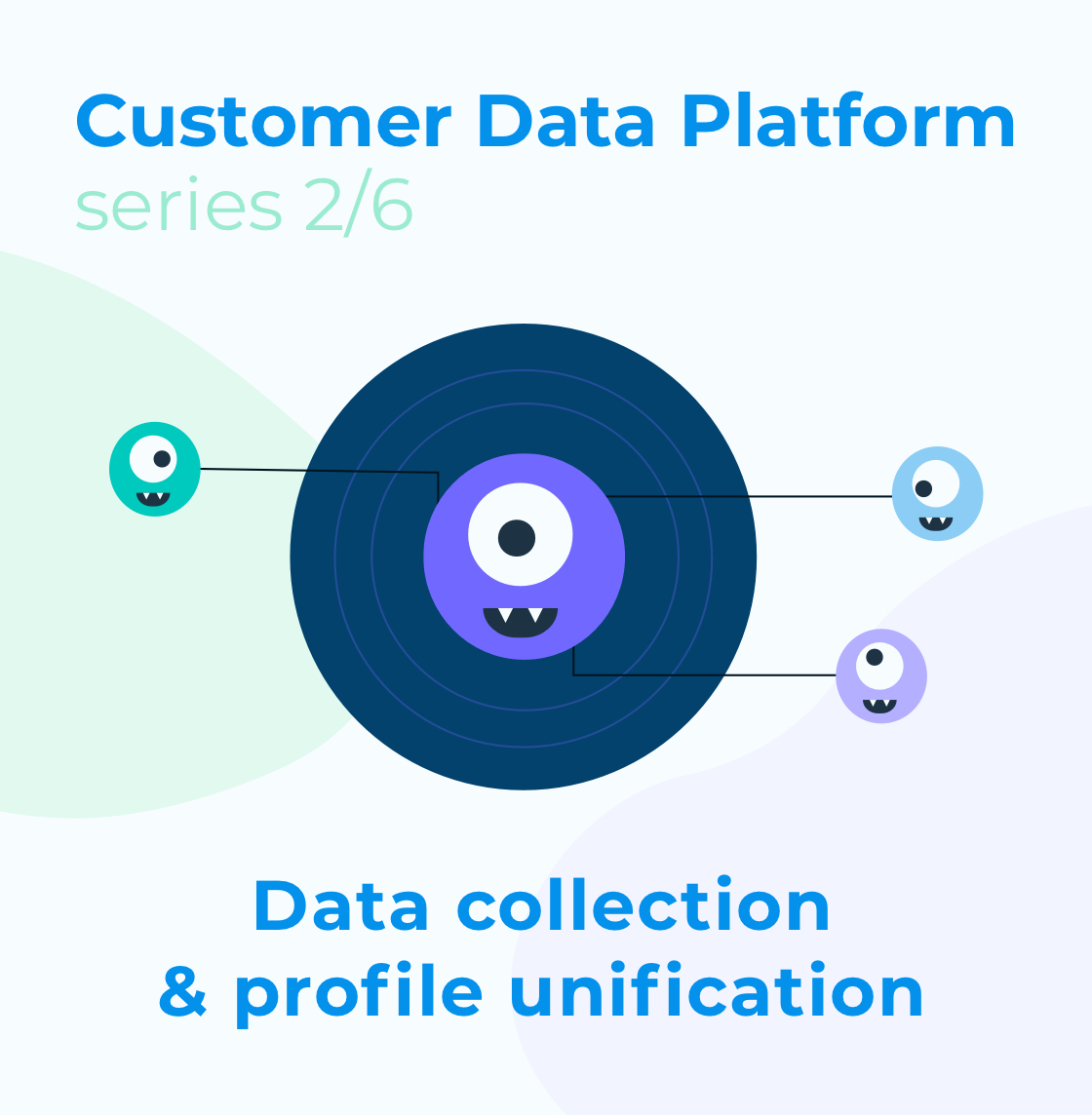
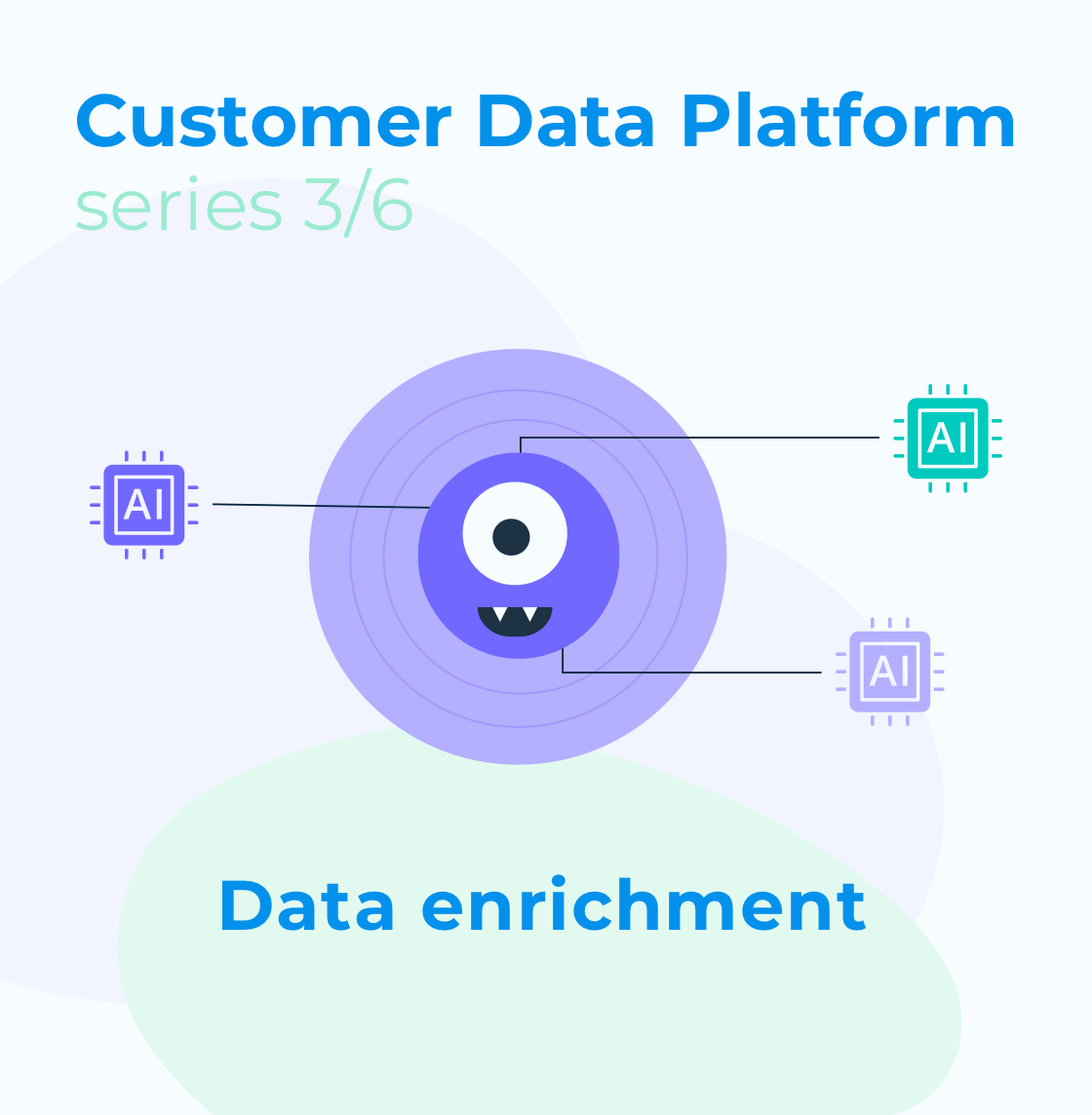
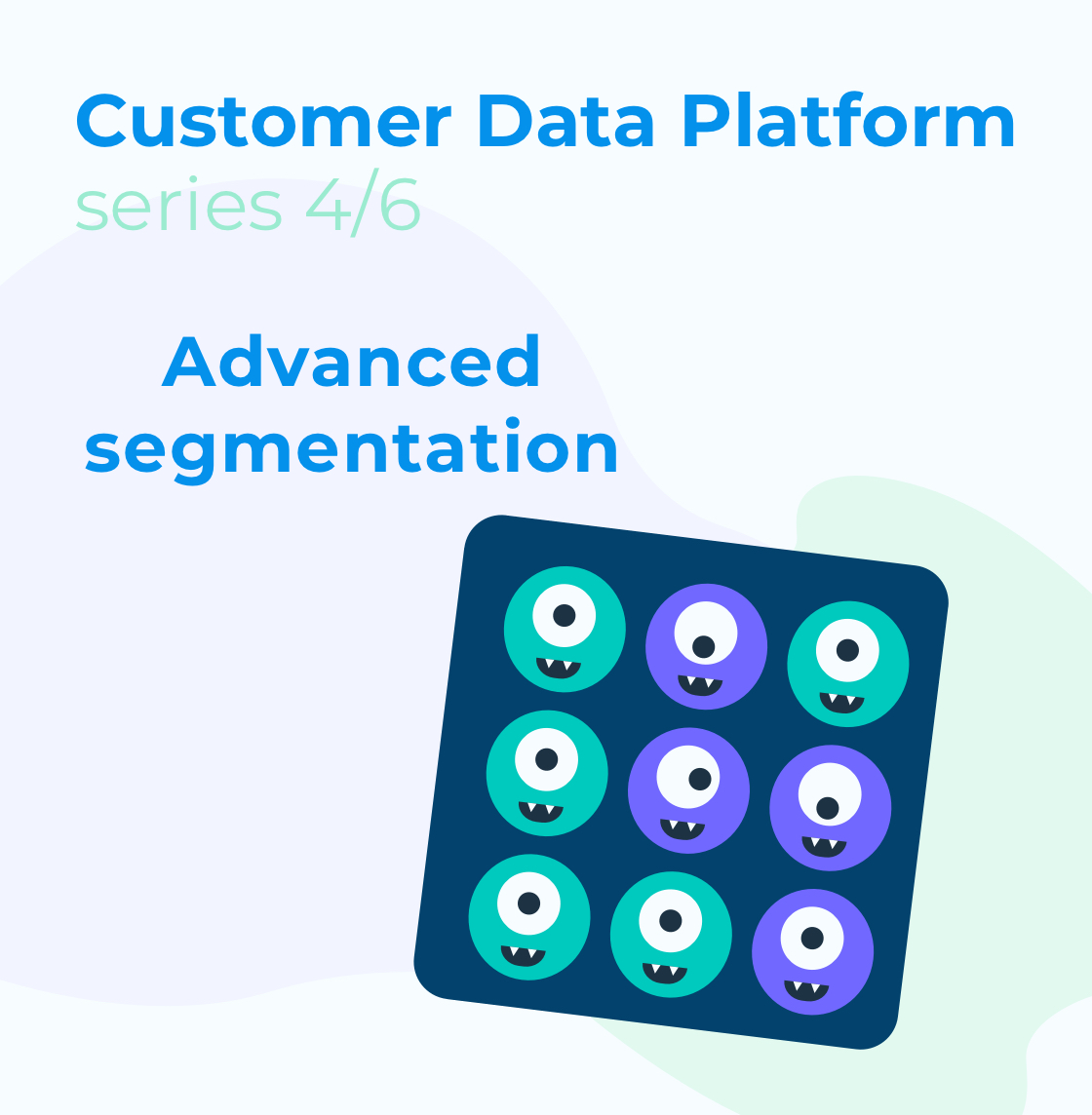
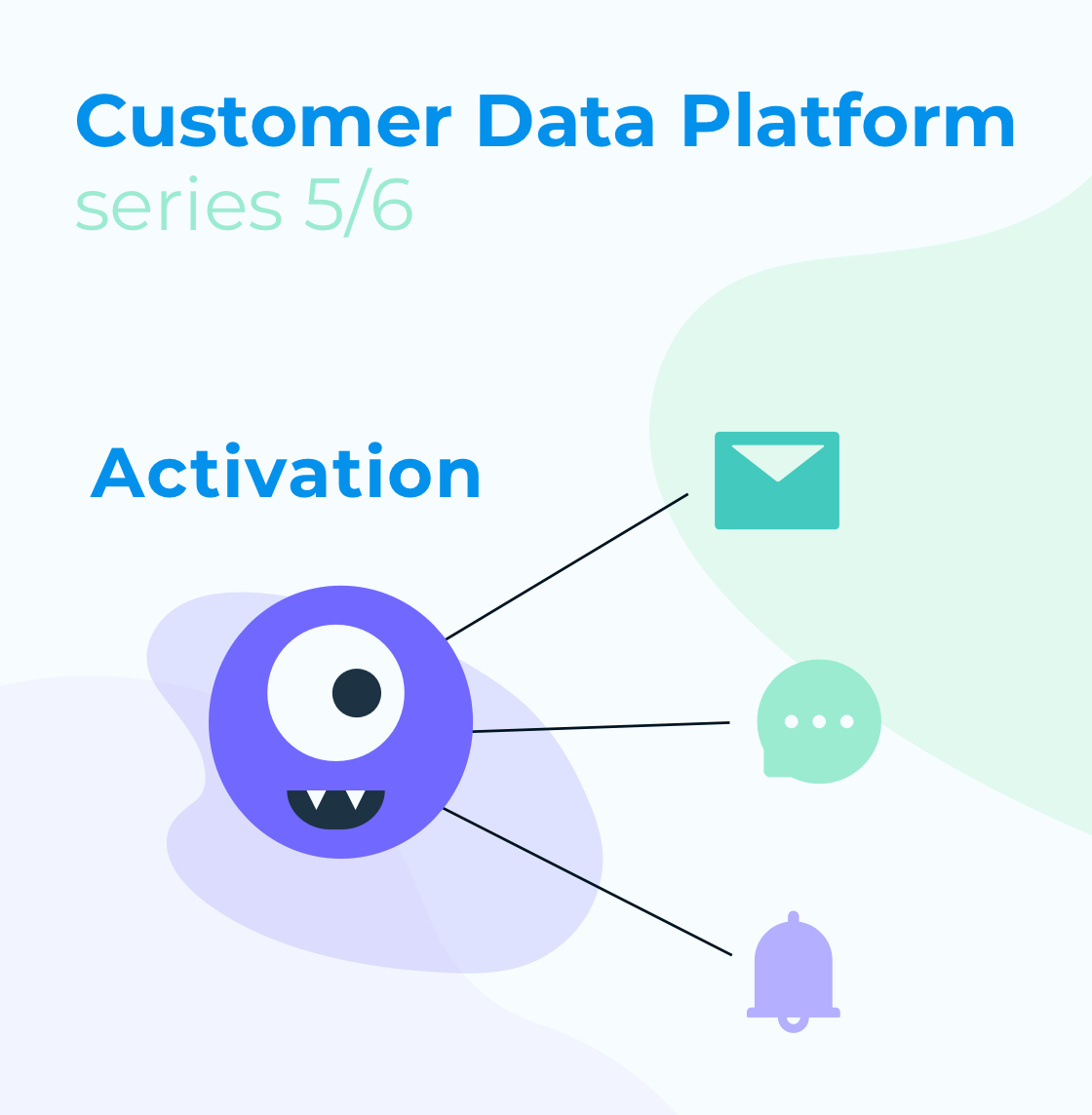
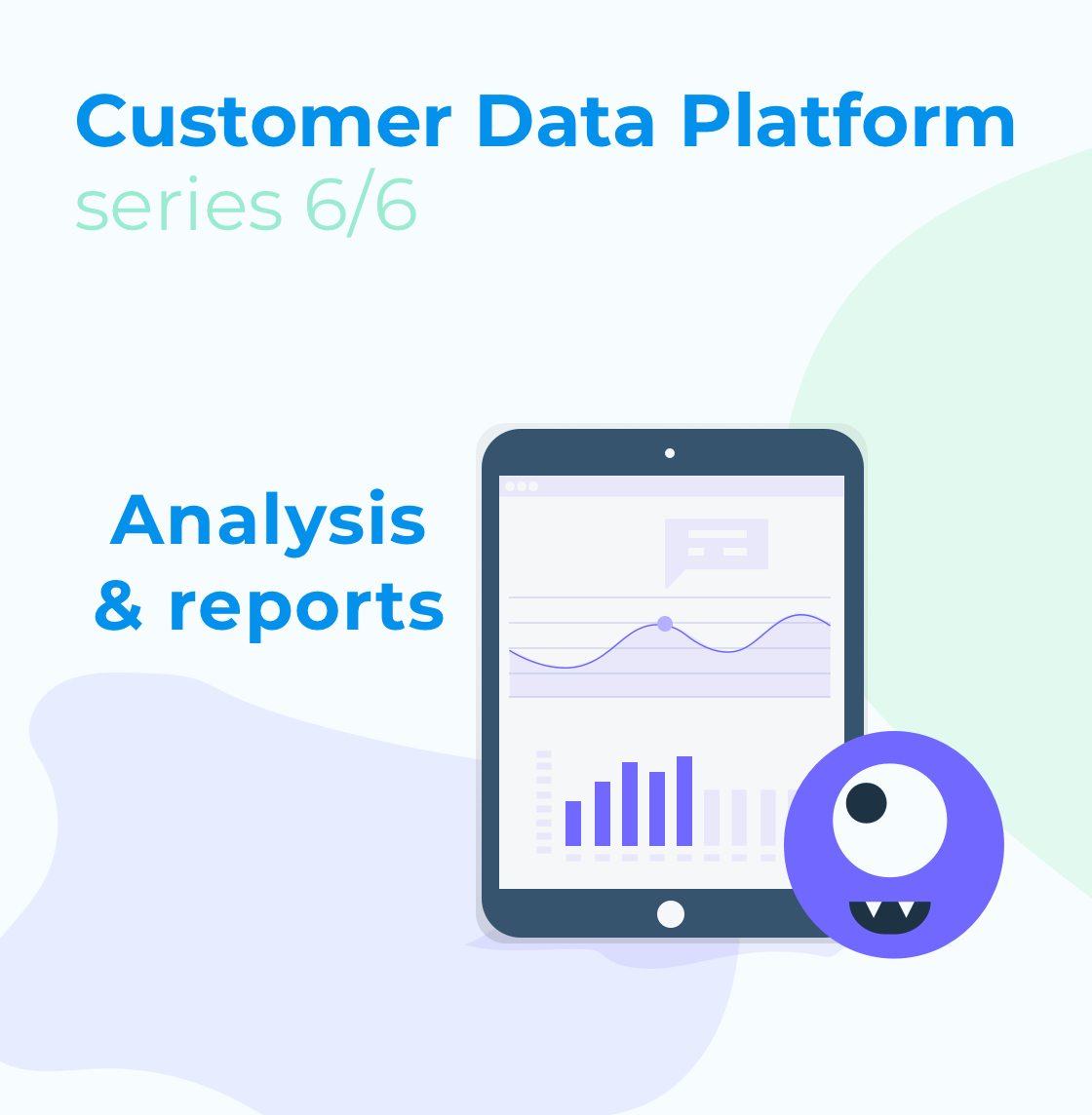
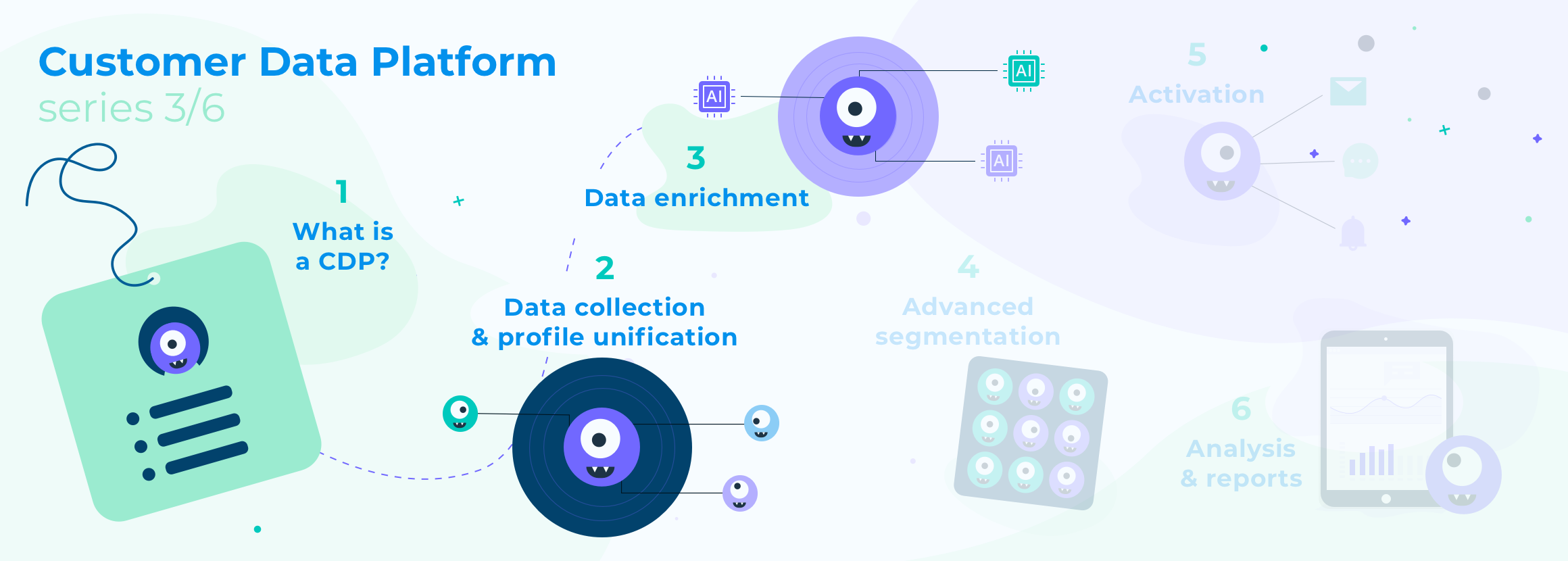

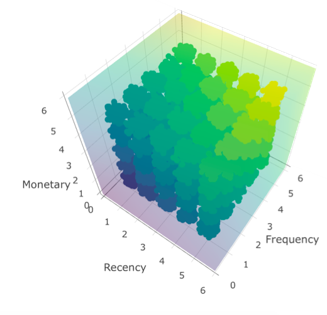
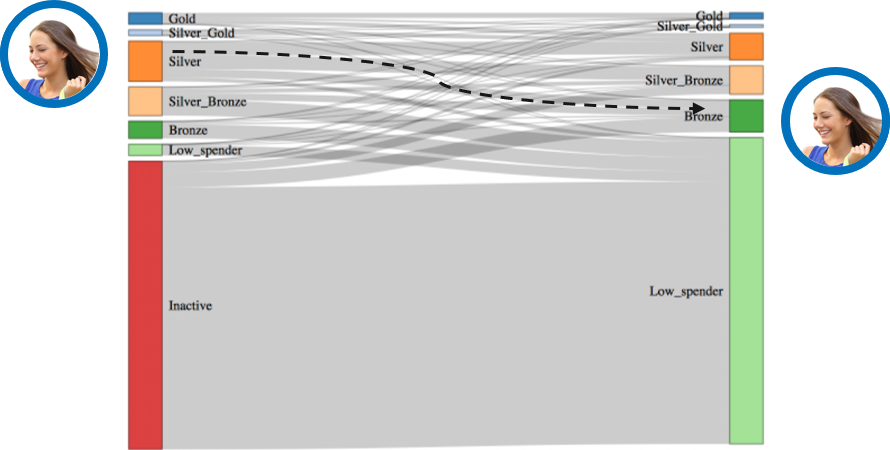
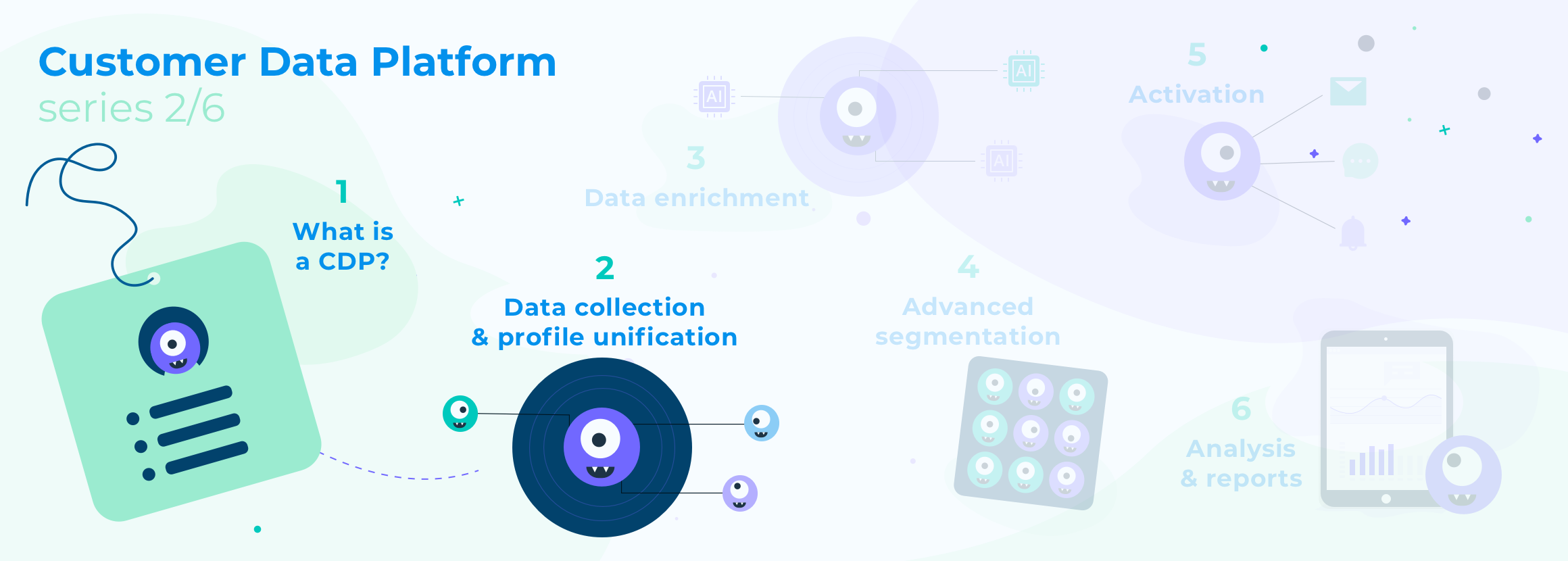


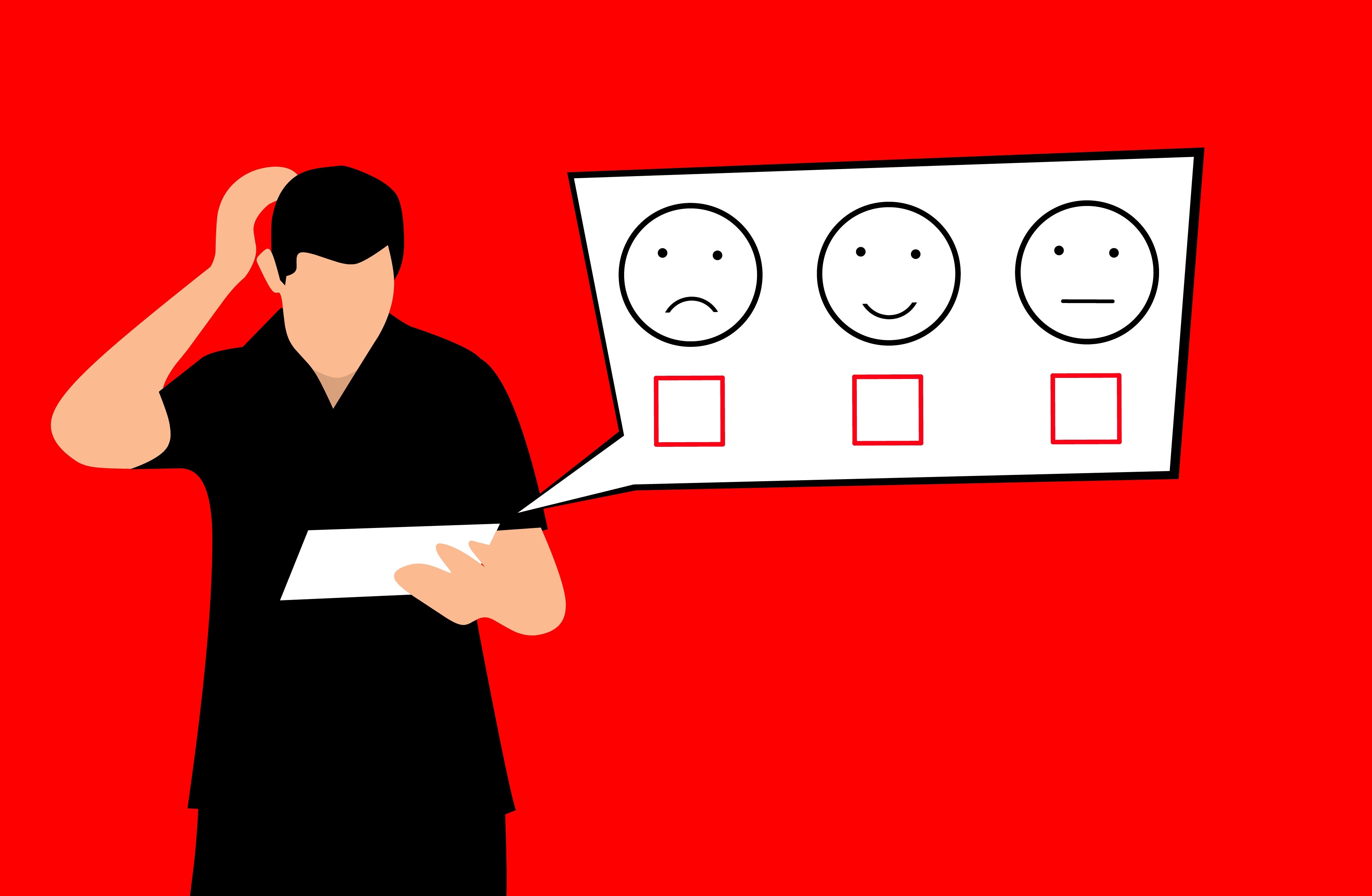





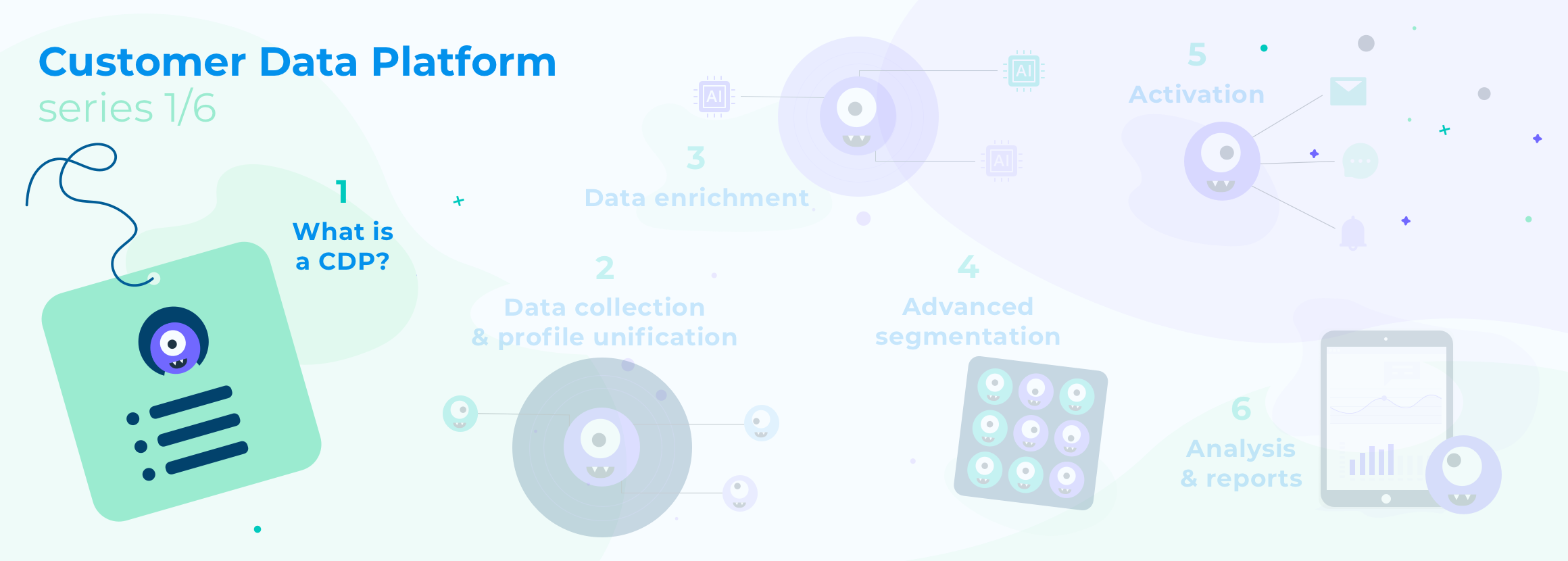
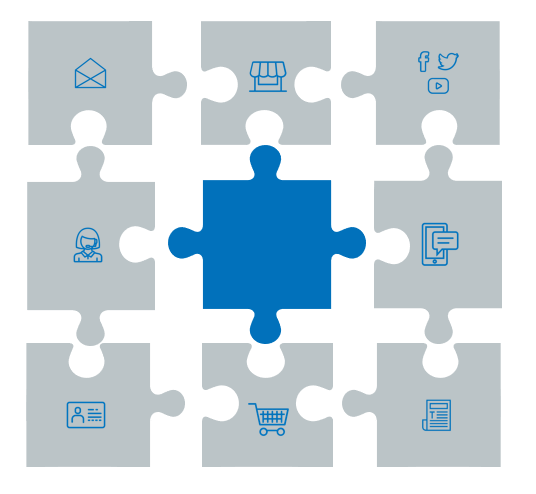 1. COLLECT DATA and UNIFY PROFILES… Collect data that is distributed on different systems and contact channels, then integrate them in unique, individual profiles, updated in real-time and readily accessible.
1. COLLECT DATA and UNIFY PROFILES… Collect data that is distributed on different systems and contact channels, then integrate them in unique, individual profiles, updated in real-time and readily accessible. 2. ENRICH DATA… Enrich profiles with new information that results from elaborating upon actions and habits, predicting future behavior, thanks to algorithms and Machine Learning techniques.
2. ENRICH DATA… Enrich profiles with new information that results from elaborating upon actions and habits, predicting future behavior, thanks to algorithms and Machine Learning techniques. 3. Provide ADVANCED SEGMENTATION… Query all data quickly, without technical skills, to identify dynamic targets and create segments, including historical behavioral data and future forecasts.
3. Provide ADVANCED SEGMENTATION… Query all data quickly, without technical skills, to identify dynamic targets and create segments, including historical behavioral data and future forecasts. 4. Be ACTIVE… Always make the data available to all the company systems that require it, to optimize the customer journey and make unforgettable experiences live.
4. Be ACTIVE… Always make the data available to all the company systems that require it, to optimize the customer journey and make unforgettable experiences live.